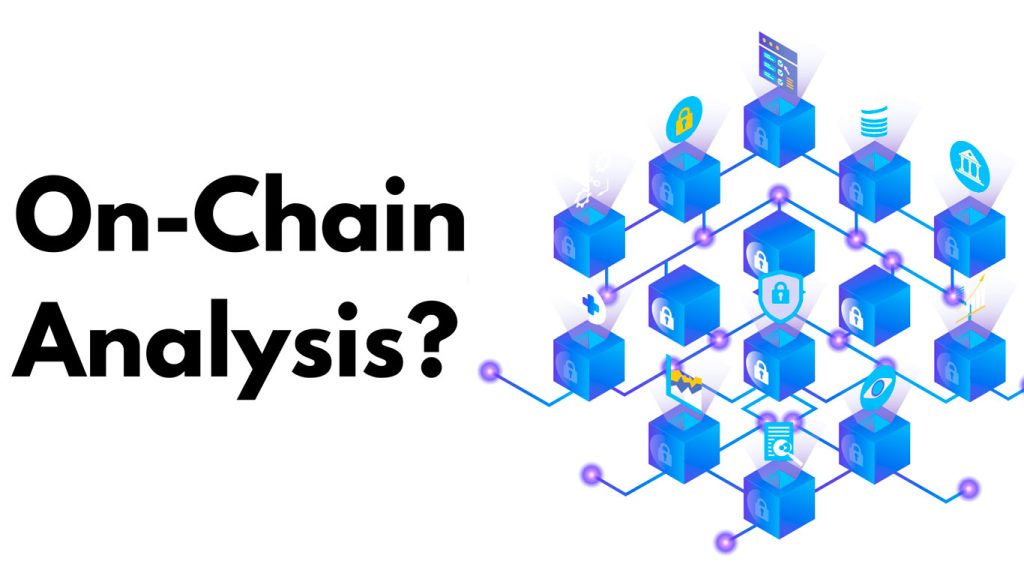In the previous part, we explained what crypto trading is, how you can take part in the process, the basics of technical analysis, and main tools. This part revolves around fundamental analysis, infrastructure, and on-chain analysis. Read on to explore more on crypto trading and its peculiarities.
Fundamental Analysis
How, therefore, can we anticipate or predict the future performance of a crypto asset if we want to know how much value it may have?
Fundamental analysis, in contrast to technical analysis, entails looking at the underlying industry, technology, or assets that make up a market to formulate a trading strategy. Bitcoin and other cryptocurrencies make up the bulk of any trader’s cryptocurrency portfolio.
How can you tell whether an investment’s value is founded on reality rather than marketing spiel, bogus tech claims, or, worst of all, nothing at all? Several considerations are needed for a solid foundational study of new assets.
Developers
Considering the honesty and competence of the project’s creators is crucial before putting money into a cryptocurrency. What results have they gotten before? Exactly what are some of the software projects they have successfully launched in the past? How involved are they in creating the token’s underlying protocol? Due to the open nature of many projects, it is easy to see this kind of behavior firsthand by using a site for storing and sharing source code, such as GitHub.

Community
The crypto trading community is essential. Users, token holders, and enthusiasts together provide most of the impetus for these assets and the technology that powers them. After all, new technologies usually involve some kind of societal change. However, because of the high stakes and the prevalence of ordinary investors who are not trained professionals, the environment is often poisonous and divided. Therefore, it’s great to have open dialogue within the community.
Details on the Technical Side
Different from market technical analysis, a crypto asset’s key technical requirements include the network’s chosen algorithm (how it maintains security, uptime, and consensus) and issuance/emission aspects like block timings, the maximum token supply, and the distribution strategy. If a trader takes the time to analyze the protocol stack and monetary policies of a cryptocurrency network, they will be better equipped to decide whether or not to invest in that network.
Innovation
Although the original purpose of Bitcoin was to function as an electronic currency, innovators and entrepreneurs have not only found other uses for the Bitcoin blockchain but have also created additional protocols to support them.
Liquidity
For a market to be robust, liquidity is essential. Is it possible to trade a certain cryptocurrency on a reliable platform? In that case, what currency pairings are available? Is the volume of trade or transaction active? Is there participation from major players, and if so, how do their trades compare to the rest of the market?
Even if a new, ground-breaking protocol may be operational, it may not immediately have access to liquidity because of the time it takes to generate it. Investments of this kind are fraught with danger.
Branding and Marketing
Due to the absence of a coordinating entity in most cryptocurrency networks, the branding and marketing of the underlying technology may lack cohesion and focus.
It is not to disregard the branding and marketing that arise from a process over time. In fact, a comparative review of the marketing activities of core developers, companies, foundations, and community members may offer a complete perspective of how particular organizations convey value propositions to the people.
Infrastructure
One way to think about this aspect of crypto trading is as the physical expression of a project’s technological requirements. What is the real physical embodiment of the protocol in issue, regardless of what is published in white papers or presented at conferences?
Developers, block validators, merchants/companies, and users are all important groups to identify and plot out. Knowing the administrators, what they do to keep the network safe (mining, validation), and how they share authority is also essential.

On-Chain Analysis
Since all cryptocurrencies are built on blockchain technology, a new sort of research that makes use of blockchain data has arisen.
Analysts can make accurate qualitative and quantitative observations about the robustness of a cryptocurrency’s blockchain network, and its price dynamics across markets, by looking at supply and demand trends, transaction frequency, transaction costs, and the rate at which investors are holding and selling a cryptocurrency.
Because on-chain data is immutable, researchers may match up different macro- and microeconomic events with the behaviors of investors, which gives essential insight into investor psychology.
Analysts seek crypto trading signals, patterns, and anomalies in purchasing, selling, and holding behavior in connection to market rallies, sell-offs, regulatory developments, and other network-oriented events. It can help you anticipate how the market will respond to upcoming events, like network upgrades, coin supply halvings, and activities in more conventional financial markets, and how such events could affect the price of cryptocurrencies.


